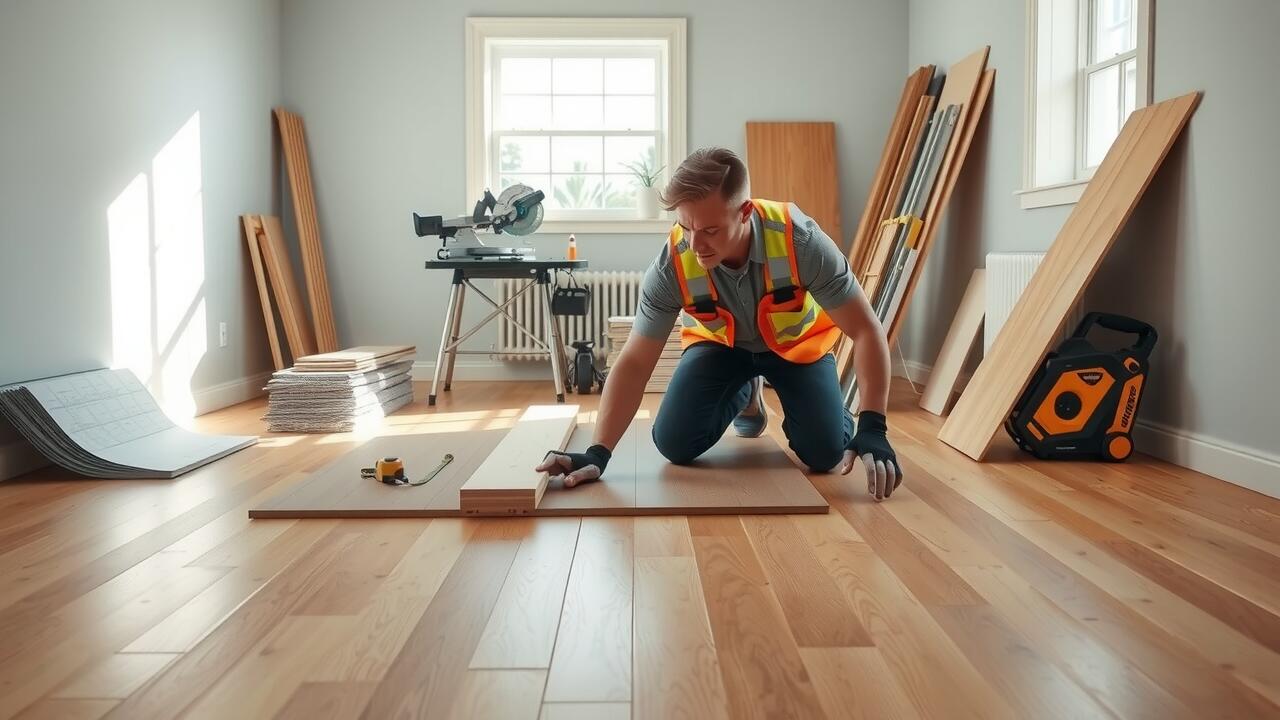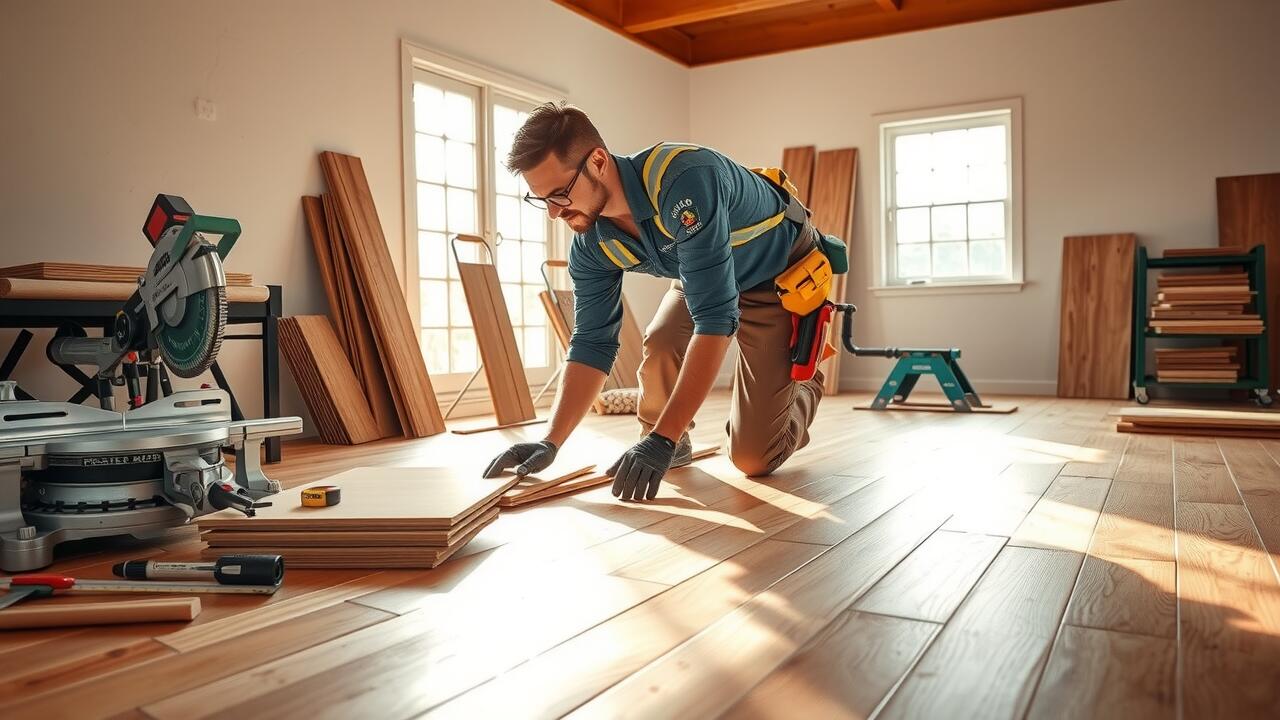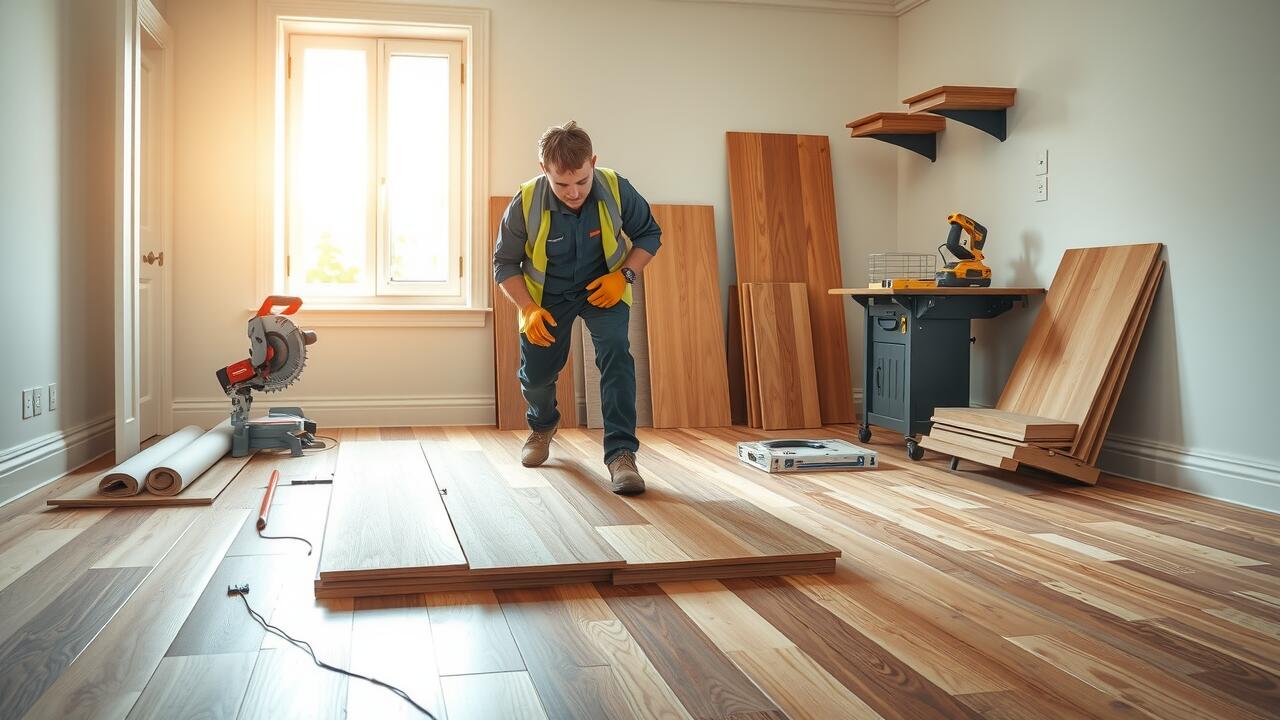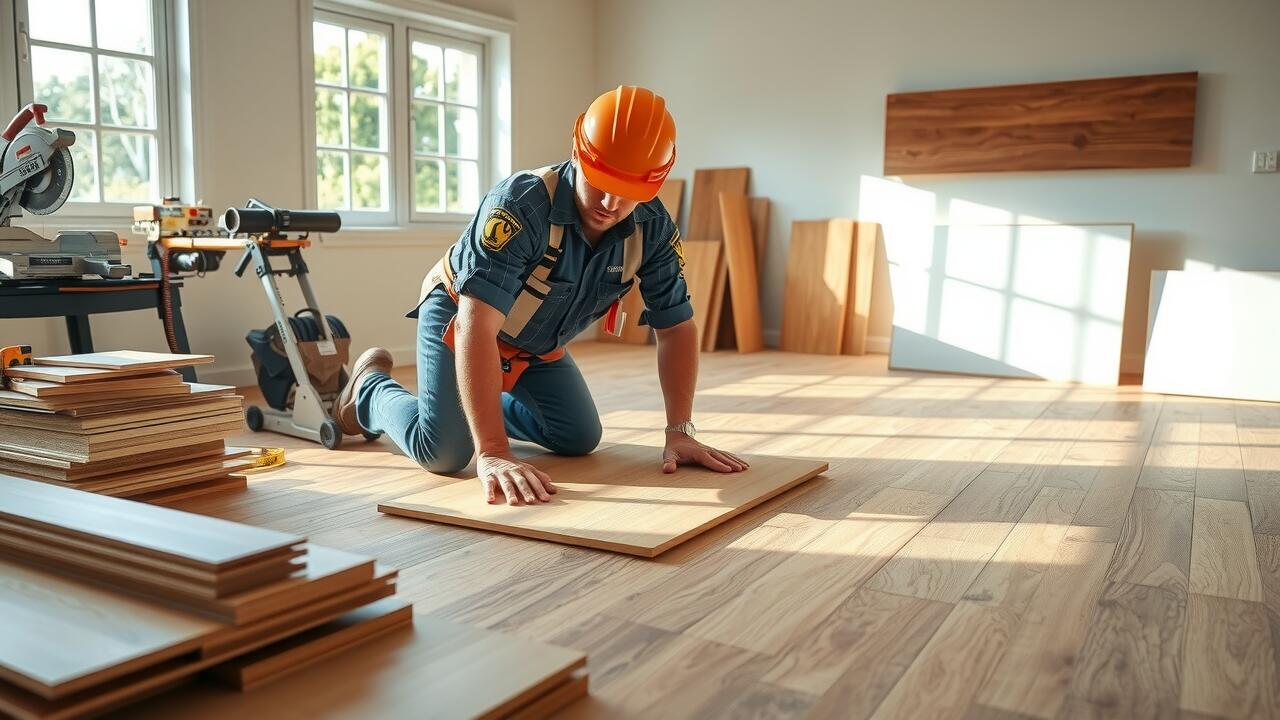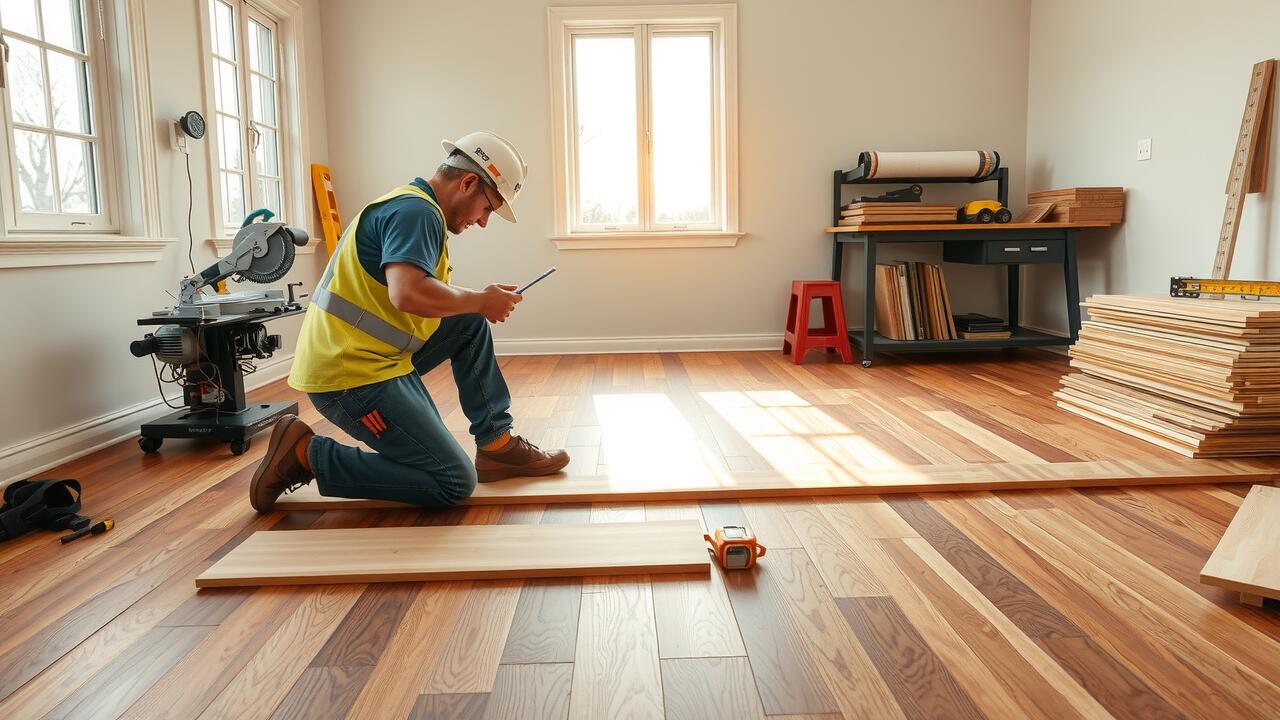
At Bathroom Fitters Stoke on Trent, we pride ourselves on delivering exceptional flooring installation services tailored specifically for bathroom spaces. Our team of experienced professionals understands the unique demands of wet environments and offers a diverse range of stylish and durable flooring options, including luxury vinyl tiles, ceramic tiles, and laminate. We work closely with our clients to ensure that every installation not only enhances the aesthetic appeal of the bathroom but also provides practicality and longevity. With meticulous attention to detail and a commitment to quality craftsmanship, Bathroom Fitters Stoke on Trent guarantees a flawless finish that transforms your bathroom into a beautiful and functional space.
Installation Methods
When selecting an installation method, consider the type of flooring you are using and the existing subfloor condition. Engineered wood and hardwood flooring often benefit from a nail-down approach, providing a sturdy and long-lasting result. For those leaning towards laminate or vinyl flooring, a click-lock installation can be an excellent choice due to its ease and speed. The floating floor method, requiring minimal tools and skills, allows flooring to expand and contract naturally, making it suitable for areas with fluctuating humidity levels.
Each installation technique has its unique advantages and potential challenges. Glue-down installations are ideal for spaces that require soundproofing or where underfloor heating is present. On the other hand, meticulous preparation of the surface is essential to prevent issues such as debris or dust underfoot, which can hinder adhesion. Ensuring that your chosen method aligns with the specific characteristics of your flooring type, such as vinyl tiles or herringbone patterns, will optimise the final appearance and longevity of your installation.
Comparing Click-Lock, Glue-Down, and Nail-Down
When considering flooring options, the installation method plays a crucial role in the efficiency and longevity of the material chosen. Click-lock flooring has gained popularity for its ease of installation. The planks connect at the edges, requiring no adhesive or nails, making it a suitable choice for DIY enthusiasts. This method allows for quicker installation and can accommodate minor fluctuations in temperature and humidity. It's important to acclimatise the material before installation to prevent issues like gaps or buckling later on.
On the other hand, glue-down flooring offers a more permanent solution. Adhesion creates a robust bond between the flooring and subfloor, making it an ideal choice for areas with heavy foot traffic. This method works exceptionally well for materials like cork or linoleum, which can benefit from its stability. Nail-down installation is more traditional and typically used for solid wood floors. It involves securing the planks to the subfloor using nails, which can withstand the natural expansion and contraction of wood. However, installation may be more labour-intensive and requires expertise to ensure that each plank is adequately secured, especially in areas prone to moisture.
Common Issues During Installation
Flooring installation can present a range of challenges that may frustrate even the most seasoned tradesperson. Gaps and cracks often arise, particularly when working with materials like laminate and PVC. These issues can result from factors such as improper acclimatisation, inadequate subfloor preparation, or movement in the floorboards after installation. Addressing these gaps promptly is essential for maintaining both the aesthetic appeal and the structural integrity of the flooring. Regular inspections during the installation process can help identify potential issues that may need immediate attention.
Another common concern involves ensuring precise measurements and cuts around doorjambs and curves. Inaccurate measurements can lead to unsightly gaps that detract from the look of your newly installed flooring. Using appropriate tools, like a quality saw and measuring tape, is crucial for achieving clean and accurate cuts. Additionally, attention to detail with coating and adhesives can significantly impact results. If the installation method calls for glue-down or nail-down techniques, ensuring that the adhesives are applied correctly is essential for a durable and aesthetically pleasing finish.
How to Address Gaps and Cracks
Gaps and cracks in flooring can arise from various environmental factors, such as humidity changes and temperature fluctuations. It's essential to acclimatise materials like laminate and luxury vinyl tiles before installation to mitigate these issues. A moisture meter can help assess the subfloors, whether they are plywood or concrete, ensuring the right conditions for your chosen flooring type. Inspecting the integrity of adhesives and primers used during installation will also be beneficial in preventing future problems.
Addressing existing gaps often requires specific skills and techniques. For wooden flooring, consider using a wood filler that matches the timber's colour for a seamless finish. In the case of cracks in ceramic tiles or linoleum, a liquid filler can provide a quick and efficient repair option. Regular upkeep can make a significant difference in the long-term appearance of your floors, so it's wise to keep rugs and mats in high-traffic areas while also ensuring the environment remains properly insulated to minimise further damage.
Maintenance Tips for Different Flooring Types
Different flooring types require varied maintenance approaches to ensure longevity and preserve their aesthetics. For cork flooring, regular vacuuming is essential to remove dirt and debris, while a damp sponge can be used for more thorough cleaning. Applying a suitable coating can enhance its resistance to moisture and wear. Vinyl floors benefit from occasional sweeping and mopping with a gentle cleaner designed for this material. Key to maintaining these floors is preventing excess water from pooling, which can lead to mould growth and deterioration over time.
For carpets, periodic vacuuming helps to remove allergens and maintain their appearance; deeper cleaning methods may be necessary to address stains. Using a professional carpet cleaner can provide a thorough refresh. In contrast, floating floors often require checking for gaps or creaking noises, which may indicate a need for recalibration or adjustment. While nails and glue are less common in such installations, ensuring proper installation and timely maintenance reduces wear and tear, extending the utility of these surfaces in your living spaces.
Keeping Your Floors in Top Condition
Caring for your floors requires a combination of regular maintenance and the appropriate use of products. Vacuuming frequently helps to remove dust and debris that can cause wear and tear. For hardwood and laminate surfaces, utilising a damp mop with a suitable cleaner prevents the accumulation of grime. In addition, using adhesive tape to secure any loose decorative mouldings can maintain the aesthetics of your space while protecting edges from damage.
Sealing your floors periodically is essential for longevity, particularly for materials like ceramic and hardwood. Select the right sealers to suit your specific type of flooring, ensuring they provide adequate protection against moisture and staining. Employing a putty fillers for small gaps or cracks will help maintain a polished look. Regular inspections of flooring are beneficial; catching issues early reduces the risk of more costly repairs in the future.
FAQS
What is the best flooring installation method for my home?
The best flooring installation method depends on your specific needs and the type of flooring you choose. Click-lock is ideal for DIY projects and is easy to install, while glue-down is recommended for high-traffic areas, and nail-down works well for solid hardwood flooring.
How can I prevent gaps and cracks during installation?
To prevent gaps and cracks, ensure that the flooring acclimates to the room's temperature and humidity before installation. Additionally, follow the manufacturer's guidelines carefully and maintain proper expansion gaps around the edges.
What are the common issues faced during flooring installation?
Common issues include uneven subflooring, misalignment, moisture problems, and difficulties in cutting pieces to fit. Addressing these issues beforehand can help ensure a smoother installation process.
How do I maintain different types of flooring after installation?
Different flooring types require specific maintenance. For example, hardwood should be swept regularly and occasionally refinished, while vinyl can be cleaned with a damp mop. Always refer to the manufacturer's maintenance guidelines for the best results.
What should I do if my newly installed floor has visible imperfections?
If you notice visible imperfections, such as gaps or unevenness, it's important to address them promptly. Contact the installer or manufacturer for guidance, as they may require professional assessment or remediation.
